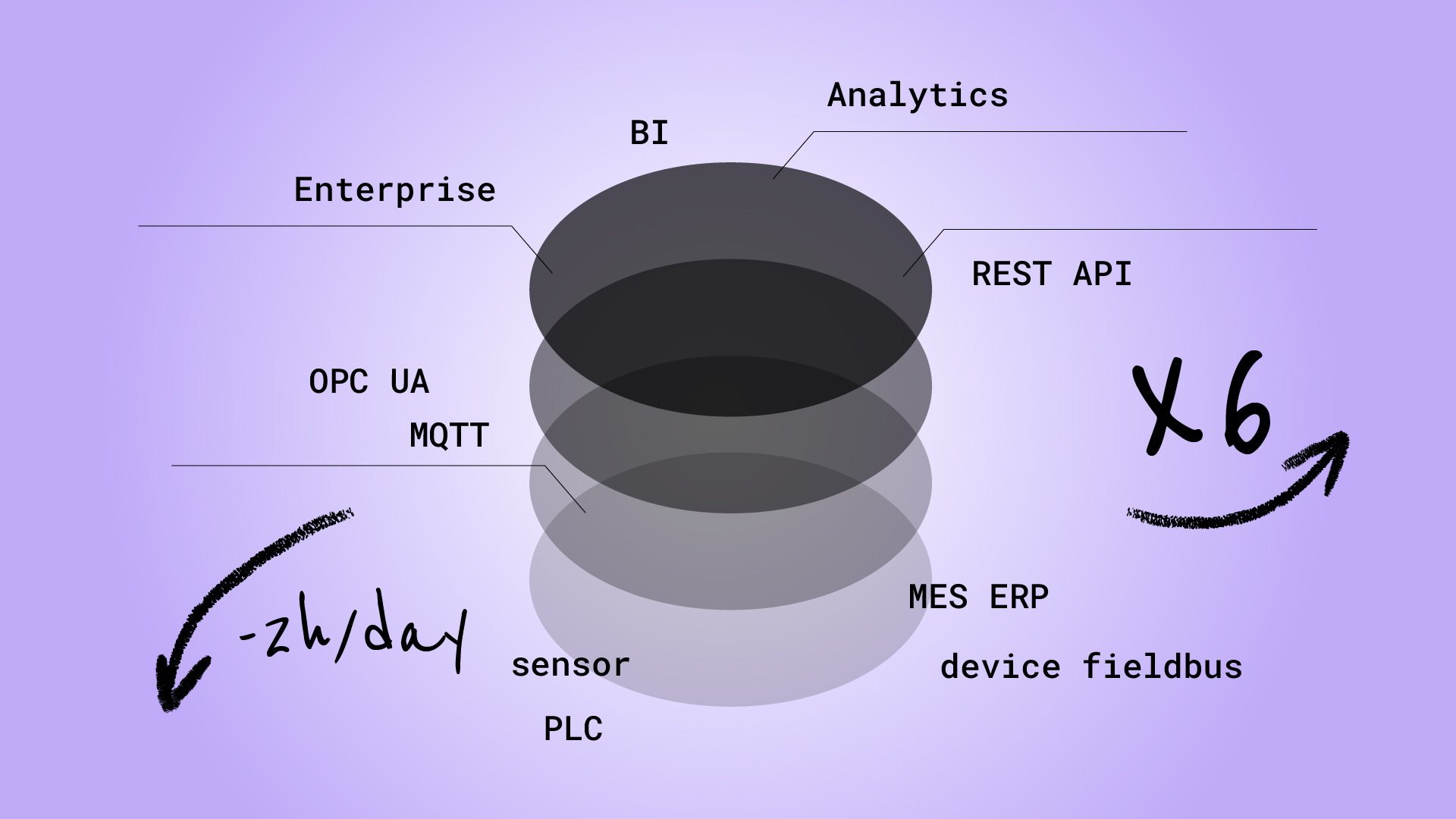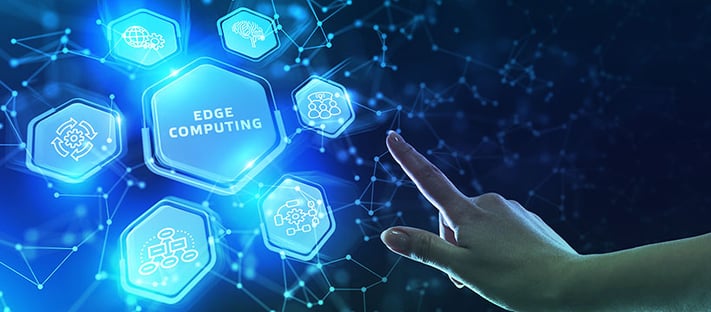
Edge Computing: the best in food market

The concept of Edge Computing has greatly expanded, defining a real technology enabling the IIoT, also integrating artificial intelligence capabilities, towards the emerging proximity AI.
Some time ago, new types of industrial controllers were announced sharing the "edge" tag in their market name, from which, for example, Edge Programmable Industrial Controllers, Edge Computer, Edge Server.
When and why is edge computing used?
These systems, beyond their specific functional sophistication, were proposed for the "edge" setting, a term that can, albeit naively, be translated as "edge", but which can be better specified by considering a point (endpoint) where data traffic enters or exits.
This endpoint, or rather edge, is also the point at which a data transport protocol can change to make the data homogeneous with use: for example, a low latency protocol such as MQTT is used to transmit data to a message broker which, located at the beginning of a network, then uses HTTP for example to transfer data from the sensor to a remote server, essentially behaving like a classic middleware.
But the Edge concept has expanded considerably, becoming a real IIoT enabling technology, also integrating artificial intelligence capabilities, hence the increasingly widespread AI at the Edge.
Returning to the systems mentioned above, their intended use is in the field of peripheral computing characterized by a distributed IT architecture in which the "client" data, and here the reference to the IIoT is evident, are processed by intelligent devices / systems at the edge of the network, therefore as close as possible to the source that originated them, to reduce network traffic and to enhance reaction times by reducing latency times for greater adherence to realtime needs, objectives not obtainable based exclusively on Cloud Computing solutions, also considering the increasingly large amount of data generated by field devices.
This is instead possible with an approach now defined as Edge Computing, or proximity processing.
Edge Computing in food sector
In the world of food, the amount of data generated by field devices is growing and processing data in the Cloud is becoming too slow.
There is also a cost factor: filtering and processing before sending data to the Cloud, reduces transmission costs over the network.
Another important aspect concerns the possibility of integrating analytics algorithms and Machine Learning models at the Edge level.
The transition to Edge Computing is certainly motivated by the increase in the number of networked devices in the IIoT environment, but also by the growth of mobile and the reduction in the cost of system components dedicated to processing at the edge of the network.
Edge Computing, then, will not completely replace Cloud Computing, also because it must be seen as a functionality inserted in a logical end point of a network within a broader Cloud architecture.
Edge Computing and AI
The development that is most attracting attention to Edge Computing probably concerns the graft of artificial intelligence at the Edge level, hence the "AI at the Edge".
This evolution is a direct consequence of the fact that speaking of Edge and IoT, at the beginning the reference was generically to sensor devices with focus essentially on the connection, but today the situation has changed because an IoT device can be something more: it can be a vehicle, an industrial machine, a production system, a medical device, and if in all these cases there is certainly connectivity, and also integrated processing capacity and intelligence, hence the possibility of hosting Edge Analytics potential.
The role of Edge computing on data flows
The concept of local data processing, storage, calculation and analysis is not recent but is taking on a new dimension with the deployment of artificial intelligence that has a strong impact on Big Data and the Internet of Things, creating a powerful mix that brings something new in information technology: distributed intelligence.
This emerging technological area, effectively imposed by the need for real-time decision support and rapid adaptation to the context, allows activities to be divided into localized blocks, each designed to meet a particular need.
Instead of defining a centralized Machine Learning and Big Data infrastructure, a company can implement AI services in different physical sectors of the company: warehouses, factories, vehicle fleets, even close to operators in the field. One comes to foresee and that proximity artificial intelligence could overcome Machine Learning in the Cloud or even render it useless, in the series "the Edge will eat the Cloud".
It should also be highlighted that proximity artificial intelligence is not just about location as it is to be understood as a new type of AI localized in real time that can adapt to the moment.
Continuous IoT data flows can, if managed at the Edge, immediately trigger a process change and then return the response metadata to the source system. It should be remembered that metadata are data that describe other data, with the prefix "meta" which takes on the meaning of a reference definition or description.
While a ROI is potentially evident from this approach, the pairing of distributed intelligence, IoT and Edge still has to overcome some obstacles, because there are many options and unresolved problems, for example how to efficiently distribute processing between servers, gateways and IoT devices.
Then there is security: as the devices connected to company systems grow, AI at the Edge creates a risk of potential attacks that is much higher than that with which most companies are accustomed to dealing with.




